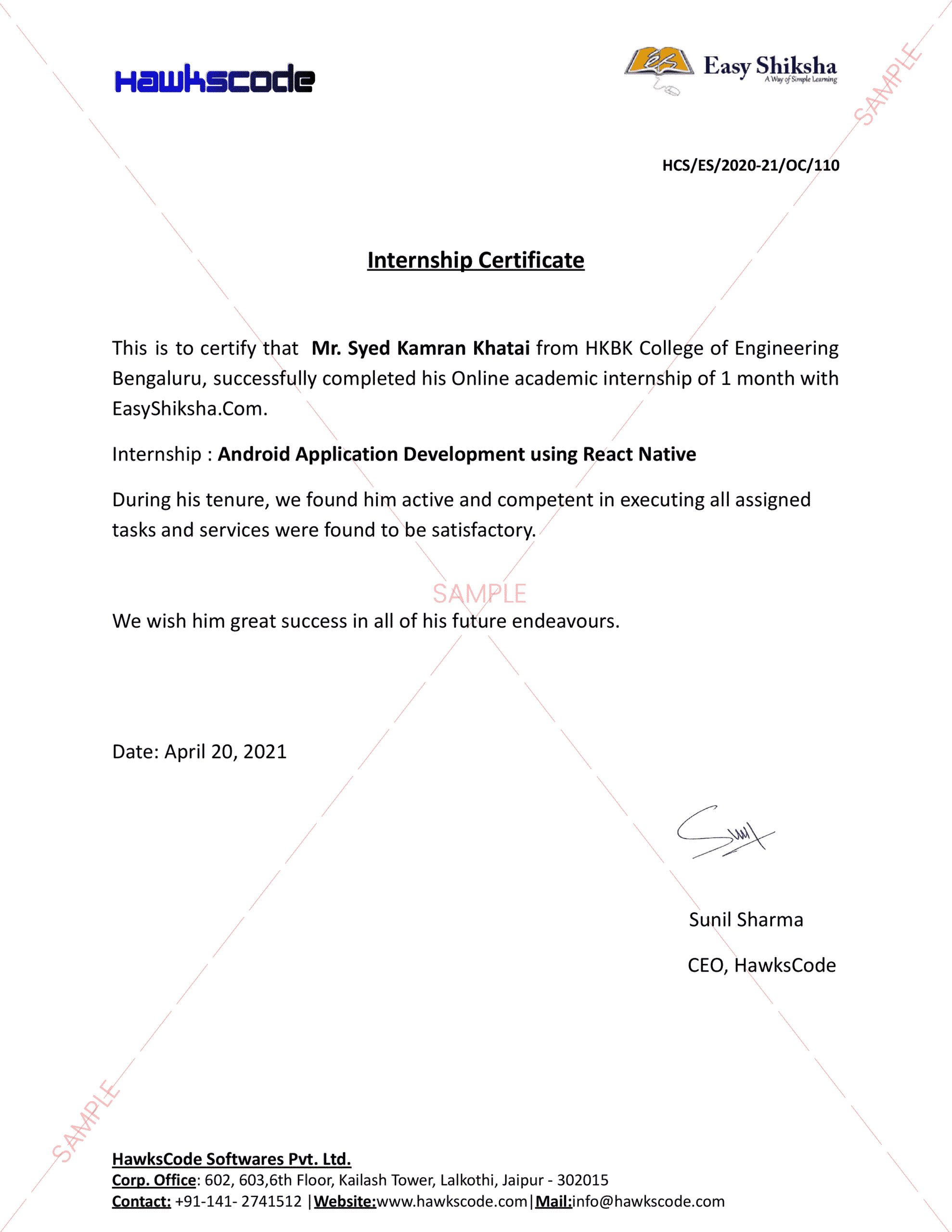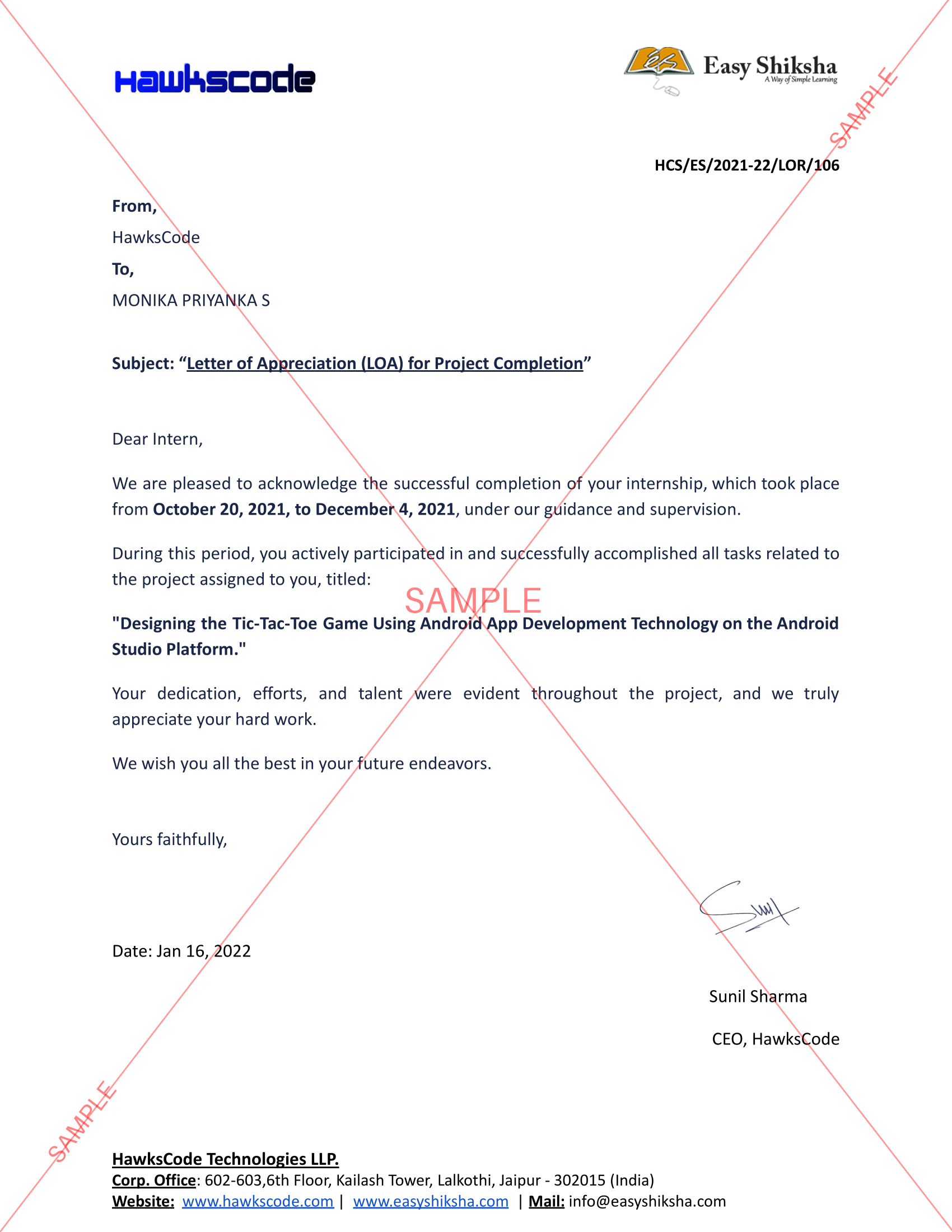Dr. Kumardev Arvind Rajamanya, Head of Department (HOD) & Lead Consultant – Orthopaedics, Aster Whitefield Hospital, Bengaluru Joint pain is usually something we always tend to ignore, flagging it off as part of growing old. For some, it’s a dull ache after a long day. For others, it’s a sharp jolt during a simple task. From age-related wear and tear to immune system issues, joint pain can have a wide range of underlying causes. Knowing how to spot these different types doesn’t just help with early diagnosis, but can actually lead to faster relief, better long-term outcomes, and in some cases, even prevent permanent joint damage.
Below listed are six different types of joint pain and what they could be telling you about your health.
1. Stiff Joints in the Morning – If your joints feel stiff and tight when you wake up, especially in your hands, wrists, or knees, and it takes more than an hour to loosen up, it could point toward an inflammatory condition like rheumatoid arthritis. Unlike general morning sluggishness, this type of stiffness lingers and signals that your immune system might be attacking your joints.
2. Sharp Pain That Gets Worse with Activity – When your knee or hip starts hurting more the longer you walk or climb stairs, chances are you’re dealing with osteoarthritis. This is a degenerative condition where the cushioning cartilage wears down over time, causing bones to rub against each other, especially during movement.
ALSO READ: Rumour-around-the-closure-of-offline-classes-amidst-the-increasing
3. Joint Pain That Shifts Around the Body – Pain that moves unpredictably—from your shoulder today to your knee tomorrow—is often seen in autoimmune conditions like lupus. This type of joint pain doesn’t stick to one area and may be accompanied by other symptoms like fatigue and skin rashes.
4. Sudden Swelling and Warmth in One Joint – If a joint suddenly swells up and becomes red, warm as well as painful, it could be a flare of gout or even a joint infection like septic arthritis. Both conditions need immediate medical attention, with gout stemming from uric acid buildup and septic arthritis caused by bacterial infection.
5. Generalized Aches with Fatigue and Mild Fever – Joint pain that feels more like an all-over body ache and is accompanied by flu-like symptoms may be related to a viral illness. Conditions like viral arthritis often follow infections such as chikungunya or even COVID-19, and usually resolve over time, but can temporarily mimic autoimmune joint diseases.
6. Joint Discomfort with Tingling or Numbness – When joint pain is paired with sensations like pins and needles or numbness, the root cause may not be in the joint at all but rather in nearby nerves. Conditions like carpal tunnel syndrome or cervical spondylosis often compress nerves and send pain signals to joints, making it tricky to pinpoint without proper evaluation. Online Courses with Certification
Online Courses with Certification
Joint pain might seem like a small inconvenience at first, but it’s often your body’s way of indicating that something is wrong. Recognizing the type of pain you’re experiencing is key to knowing what’s really happening. Whether it’s inflammation, wear and tear, or something more complex, the earlier you recognize it and act, the better your chances of preserving joint function and staying active.
For information related to technology,visit: HawksCode and EasyShiksha






































































